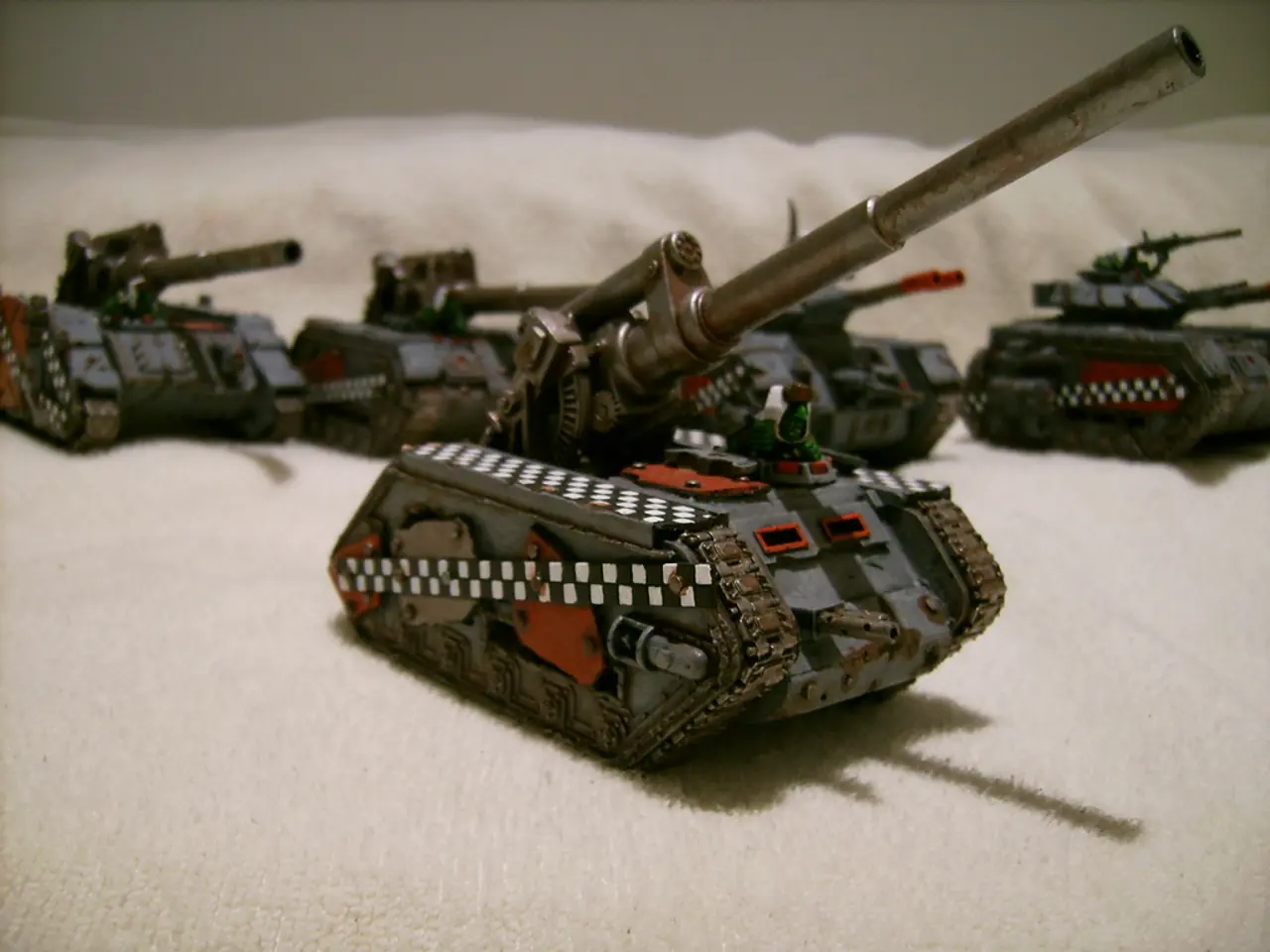Fabled Flight Machine: Messerschmitt Bf 109
The Messerschmitt Bf 109, a product of German engineering during the Second World War, is one of the most iconic fighter aircraft in aviation history. Originally defined by the German Air Ministry, this aircraft was designed by Willy Messerschmitt in the 1930s.
The Bf 109 was designed with impressive specifications. It could ascend to 19,500 feet in just 17 minutes and maintain that altitude for 20 minutes, flying at 250 miles per hour. This agility and speed made it a formidable adversary in the skies.
The Bf 109 was not only designed for combat but also for transportation. It could be easily transported by train, making it a versatile weapon on the battlefield.
The Bf 109f, a more advanced version of the Bf 109, was introduced. This model featured aerodynamic refinements, increased performance, and enhanced armament. The Bf 109f boasted a more powerful engine, the Daimler-Benz DB 601N, and a more streamlined nose and fuselage, reducing drag and improving speed and agility.
The armament of the Bf 109f was also upgraded, with a 15 mm or 20 mm cannon firing through the spinner hub, and two machine guns above the engine cowling. This enhanced firepower made the Bf 109f a more effective fighter in combat.
Equipped with an oxygen system and cockpit heating for high altitude flights, the Bf 109 was designed to perform well at high altitudes. It could take off from an average-sized German military runway (430m. x 430m.) and land or take off with a group of 9 aircraft.
Safety was a priority for the Bf 109's design. It was equipped with a parachute and necessary escape gear, ensuring the safety of its pilots. The Bf 109 was also designed to maintain its altitude while turning, a crucial feature in aerial combat.
The Bf 109 was a remarkable aircraft, capable of performing negative G maneuvers without stalling. It was also equipped with a radio for air-to-air and ground communication.
The Bf 109 was one of the most produced fighter aircraft in history, with nearly 35,000 airframes produced from 1936 to April 1945. The "B-1" model with Jumo engine, which started production in February 1937, entered service with the Luftwaffe.
The Messerschmitt Bf 109's impact on World War II is undeniable. Its improvements, particularly in the Bf 109f model, significantly extended its competitiveness in the early years of the war. The Bf 109f's performance was notably better than its predecessors, as indicated by its combat records against opponents like the Spitfire.
Each bullet point in this article is a testament to the Messerschmitt Bf 109's design, performance, and enduring legacy in aviation history. Its influence can still be felt today, making it a fascinating study for aviation enthusiasts and historians alike.
[2] Source: "The Messerschmitt Bf 109" by Stephen P. Winchester
The aviation industry, particularly the aerospace sector, holds the Messerschmitt Bf 109 in high regard as one of the most iconic fighter aircraft in aviation history. Over the years, its design, performance, and impact have attracted considerable attention from finance circles, owing to its significant role in shaping military aviation technology.








